With PMG Mining Company’s recent growth, more and more employees are potentially at risk to experience workplace hazard, which places both the employees and the employer at risk. Work safety requires that safe working conditions should not create significant risk of people being rendered unfit to perform their work. Health and safety at work is therefore aimed at creating conditions, capabilities, and habits that enable the worker and his/her organization to carry out their work efficiently and in a way that avoids events which could cause them harm.
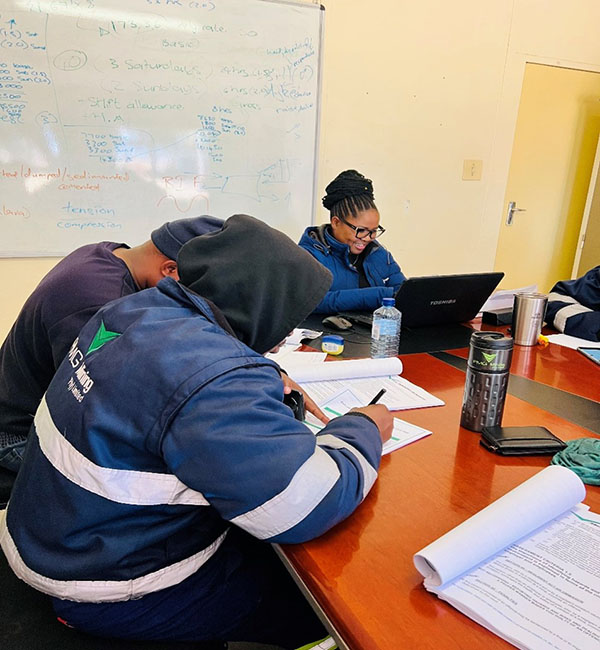
DAY 1 SAFETY REPRESENTATIVE TRAINING
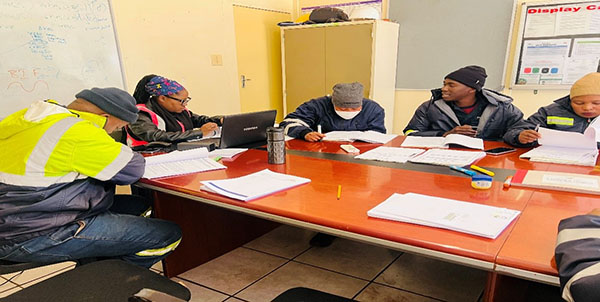


DAY 2 SAFETY REPRESENTATIVE TRAINING
PMG Mining Company has invested in providing training for employees to learn and equip themselves with issues of health and safety in our workplace. This is to minimize incidents in all designated working areas. The training follows from the nominations and elections of safety representatives in all PMG Mining Company departments/sections. The Training program was for 5 days, it kickstarted on the 15th July 2024 until the 19th 2024, every day at 9am until 16:30; and it was provided by VIKA Training Academy, at PMG Mining Company Bishop Farm in Northern Cape.
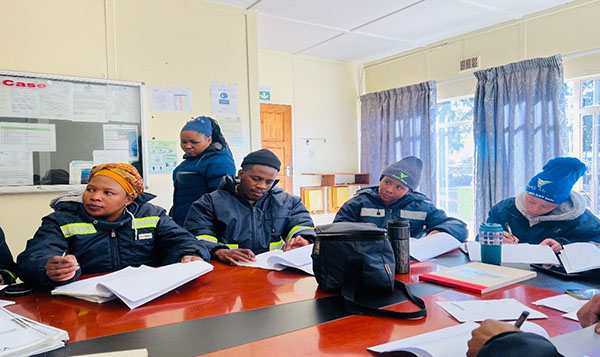
DAY 3 SAFETY REPRESENTATIVE TRAINING
The Training’s Curriculum was inclusive of formative assessments, which was to test the trainee’s basic comprehension in safety and health topics in the mining industry. Other assessments were summative assessments which was a summary of all the discussions during training sessions and were considered to contribute to the acquirement of the qualification. The breakaway sessions entailed discussions in terms of the functions and roles of the Safety representative, the roles of the employees and the employer. This was an emphasis on collaboration in safety and health of all the stakeholders in the company.
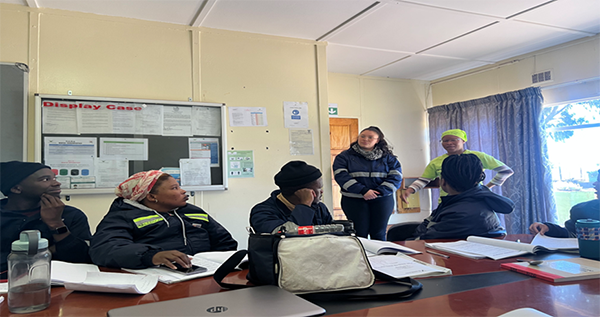
DAY 4 SAFETY REPRESENTATIVE TRAINING: HR and Safety Department in training session.
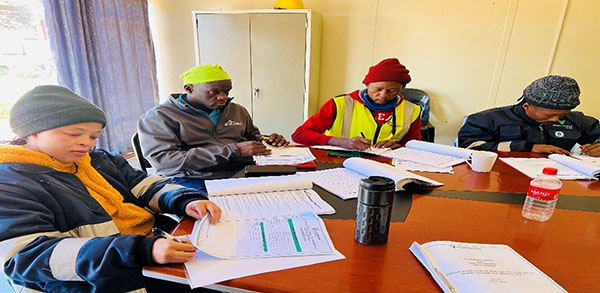
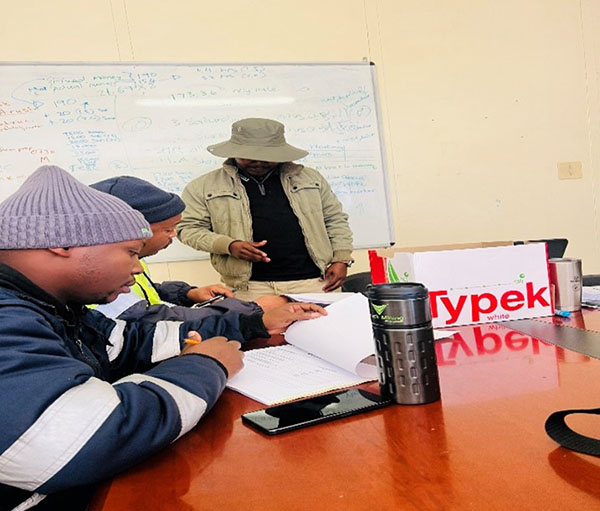
DAY 5 SAFETY REPRESENTATIVE TRAINING: Practical Assessments
Importance and Benefits
Safety training programs are important to achieve workplace safety. When employees receive thorough safety training, the likelihood of workplace incidents decreases significantly.
Aside from achieving safety in the workplace, here are other key advantages of incorporating safety training programs:
Regulatory Compliance
Compliance with safety regulations is not optional. Training programs help organizations stay in line with laws and regulations, avoiding costly penalties and legal troubles.
Improved Productivity
A safe workplace is a productive one. When employees feel secure in their environment, they can focus on their tasks without worrying about potential dangers.
Reduced Costs
Workplace accidents and injuries can be expensive. Safety training programs reduce these costs by minimizing the frequency and severity of incidents.
Familiarity with Safety Hazards
Understanding the potential hazards in the workplace is a critical aspect of safety training. Hazards can vary widely depending on the industry, but some common ones include:
Physical Hazards: These encompass slips, trips, and falls, as well as exposure to extreme temperatures, noise, and vibrations.
Chemical Hazards: Risks arise from the handling and exposure to hazardous chemicals and substances.
Biological Hazards: Particularly relevant in healthcare settings, these hazards involve exposure to pathogens and infectious materials.
Ergonomic Hazards: Poor ergonomics can result in musculoskeletal disorders and repetitive strain injuries.
As PMG Mining Company, We encourage a safe culture for all our employees by taking care of our own safety and health, and those around us!